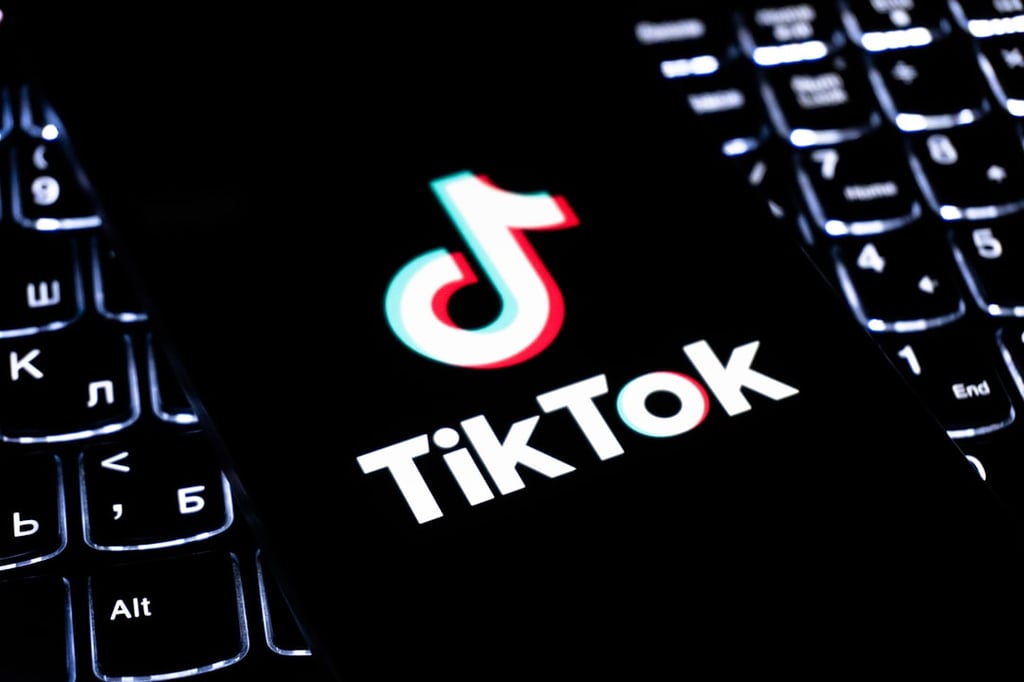Datamation content and product recommendations are
editorially independent. We may make money when you click on links
to our partners.
Learn More
SAN FRANCISCO — AMD is betting big that thin is in. Just as there has been a shift from desktops to notebooks in the past decade, the chipmaker is banking on a similar type of shift from regular notebooks to what it calls ultra-thin designs.
The renewed focus for AMD (NYSE: AMD) comes as the company has finally shed itself of the demands of running fabrication facilities. With its fabs spun off and operating as an independent company, AMD is “a product company now,” said David Kenyon, the company’s vice president of worldwide marketing, in a briefing here.
“It’s not about manufacturing concerns in board room and marketing committee meetings any more, it’s about sales, marketing and engineering. Now all we spend time on is increasing market share and coming up with strategies to deal with Intel. The most interesting thing as of late is ultra thin. That’s where we spend all of our time,” he told InternetNews.com.
The appeal, he said, is weight – ultra-thins are between two and five pounds, whereas laptops are between six and 10 pounds – and battery life is up to twice the length of a regular laptop.
Ultra-thin notebooks have actually been around for years, but traditionally were priced far more than standard models. Also, recent breakthroughs in extremely low power processors have made it possible to put a performance-capable CPU into a thin case without generating extreme heat, which bedeviled older ultra-thin designs.
Like AMD, Intel is also targeting the ultra-thin market. In addition to driving the netbook market with its Atom processor, the chip giant has the CULV, or Consumer Ultra Low Voltage, product line which is just coming to market.
Instead of going for the netbook craze, AMD has cast its lot with ultra-thin, full-featured portables. The company believes the transition to ultra-thin will be comparable to the way many desktop PCs have been rapidly replaced by notebooks. In two to three years, Kenyon predicts, up to 60 percent of the notebook market will be ultra-thin products.
From Yukon to Congo
AMD currently has a platform, called Yukon, on the market. It consists of single- or dual-core low watt processors called Athlon Neo, which have a power draw as low as 15 watts but only run under 1.5GHz. AMD also provides the integrated chipset courtesy of its ATI unit.
The tradeoff is in processor power and storage. The processors for ultra-thin notebooks, in order to keep the heat and power draw low, run much slower than regular laptops – around 1GHz. And they use smaller, 1.8-inch drives that have less capacity.
The most prominent model on the market using the Yukon platform is HP’s dv2 notebook. Clearly a step up from netbooks, it has a 12-inch screen and supports full Blu-ray playback, something a netbook can’t do.
AMD’s next generation ultra-thin platform, Congo, is due later this year with a slightly faster processor and the 780G chipset, which offloads many graphical tasks like high definition decoding from the CPU to the chipset.
A love/hate relationship?
Roger Kay, president of Endpoint Technologies Associates, said ultra-thin has a lot going for it, not the least of which is many segments of the computer industry hates netbooks.
“The issue with netbooks is they are a little underperforming and the industry doesn’t like them, and that’s a big thing. Everybody I talk to in the supply chain hates netbooks. Nobody makes money on netbooks. Everything is under priced. So they will do everything they can to sandbag netbooks,” he told InternetNews.com.
A migration may happen, but not for the reasons AMD thinks, he said. It will be a case of seeking cheaper notebooks that aren’t as hobbled as netbooks.
“Consumers will buy cheaper notebooks, for sure. They like lighter, they like thinner. As we move to cloud-based computing and online storage, the need for a big hard drive is diminished because everything is up in the cloud,” said Kay.
Article courtesy of InternetNews.com.
-
Ethics and Artificial Intelligence: Driving Greater Equality
FEATURE | By James Maguire,
December 16, 2020
-
AI vs. Machine Learning vs. Deep Learning
FEATURE | By Cynthia Harvey,
December 11, 2020
-
Huawei’s AI Update: Things Are Moving Faster Than We Think
FEATURE | By Rob Enderle,
December 04, 2020
-
Keeping Machine Learning Algorithms Honest in the ‘Ethics-First’ Era
ARTIFICIAL INTELLIGENCE | By Guest Author,
November 18, 2020
-
Key Trends in Chatbots and RPA
FEATURE | By Guest Author,
November 10, 2020
-
Top 10 AIOps Companies
FEATURE | By Samuel Greengard,
November 05, 2020
-
What is Text Analysis?
ARTIFICIAL INTELLIGENCE | By Guest Author,
November 02, 2020
-
How Intel’s Work With Autonomous Cars Could Redefine General Purpose AI
ARTIFICIAL INTELLIGENCE | By Rob Enderle,
October 29, 2020
-
Dell Technologies World: Weaving Together Human And Machine Interaction For AI And Robotics
ARTIFICIAL INTELLIGENCE | By Rob Enderle,
October 23, 2020
-
The Super Moderator, or How IBM Project Debater Could Save Social Media
FEATURE | By Rob Enderle,
October 16, 2020
-
Top 10 Chatbot Platforms
FEATURE | By Cynthia Harvey,
October 07, 2020
-
Finding a Career Path in AI
ARTIFICIAL INTELLIGENCE | By Guest Author,
October 05, 2020
-
CIOs Discuss the Promise of AI and Data Science
FEATURE | By Guest Author,
September 25, 2020
-
Microsoft Is Building An AI Product That Could Predict The Future
FEATURE | By Rob Enderle,
September 25, 2020
-
Top 10 Machine Learning Companies 2021
FEATURE | By Cynthia Harvey,
September 22, 2020
-
NVIDIA and ARM: Massively Changing The AI Landscape
ARTIFICIAL INTELLIGENCE | By Rob Enderle,
September 18, 2020
-
Continuous Intelligence: Expert Discussion [Video and Podcast]
ARTIFICIAL INTELLIGENCE | By James Maguire,
September 14, 2020
-
Artificial Intelligence: Governance and Ethics [Video]
ARTIFICIAL INTELLIGENCE | By James Maguire,
September 13, 2020
-
IBM Watson At The US Open: Showcasing The Power Of A Mature Enterprise-Class AI
FEATURE | By Rob Enderle,
September 11, 2020
-
Artificial Intelligence: Perception vs. Reality
FEATURE | By James Maguire,
September 09, 2020
SEE ALL
ARTICLES







